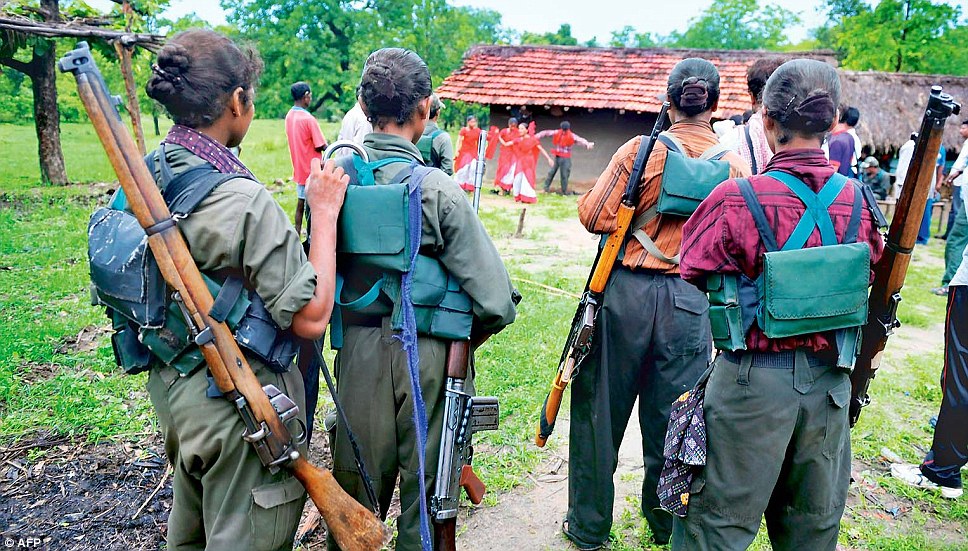India? Marxism? The inclusion of both of these words in the same sentence might well cause confusion. However, India’s history (and indeed its present) is affected by this left-wing political movement. Most if not all people are aware of the Cold War. The decades-long ideological battle between East and West began in 1917, and only came to an end with the fall of the Berlin Wall and subsequent collapse of the USSR. In the struggle between Russia and the United States and Europe, many of today’s emerging countries were pulled into the struggle. It’s not hard to see why.
When the European empires began to wane in the 20th century, independence movements sprung up all over the colonies. Just as it is now, the developing world was key to economic success. In countries such as Somalia and Angola, proxy wars between competing US and USSR-allied factions became the front-line of Cold War conflict.
In Asia, Russia sought to ferment revolution in her immediate surroundings, to create an ever-expanding sphere of influence. In 1949, its prayers were answered when China declared itself a communist state. It is from Chinese communist ideology that the Naxals draw theirs.
Naxals, or Naxalites are a communist guerilla group based in the west of India.
In 1948, influenced by Maoist ideology, 2500 peasants organised themselves into communes, calling it the Telangana Struggle. As the Maoist forces in China fought the government, the Indian would-be revolutionaries wanted to follow the same path. While China’s communist republic was created in 1949, India’s communist movement fell apart. A schism in the movement occurred, with one faction wanting to wage armed conflict, and another seeking electoral success.
For decades, the revolutionary faction focused on articulating their aims in works which became known as the ‘Historic Eight Documents’, while the other group, accused of ‘betraying the revolution’ focused on the political process, winning victory in West Bengal’s Bangla Congress. But on the 25th of May 1967, the Naxalbari Uprising spelled the end of this peaceful coexistence. The brutally suppressed peasant uprising caused the Naxalite movement to spread beyond the Darjeeling district of West Bengal, and become a powerful insurgent guerilla movement throughout the west of the country.
India’s government is taking a new approach to battling the group after a decades long war which has created death and devastation on both sides. Infrastructure, in addition to the deployment of 40,000 troops, has taken root as the new strategy. By building the infrastructure for electricity and roads, the Indian government hopes that the provision of basic services will help to alleviate the devastation that drives individuals into the arms of idealistic yet violent groups. The results remain to be seen, but in pursuing a two-pronged approach, by both defeating the guerilla groups and removing the conditions which foster them, the government may yet be successful.








